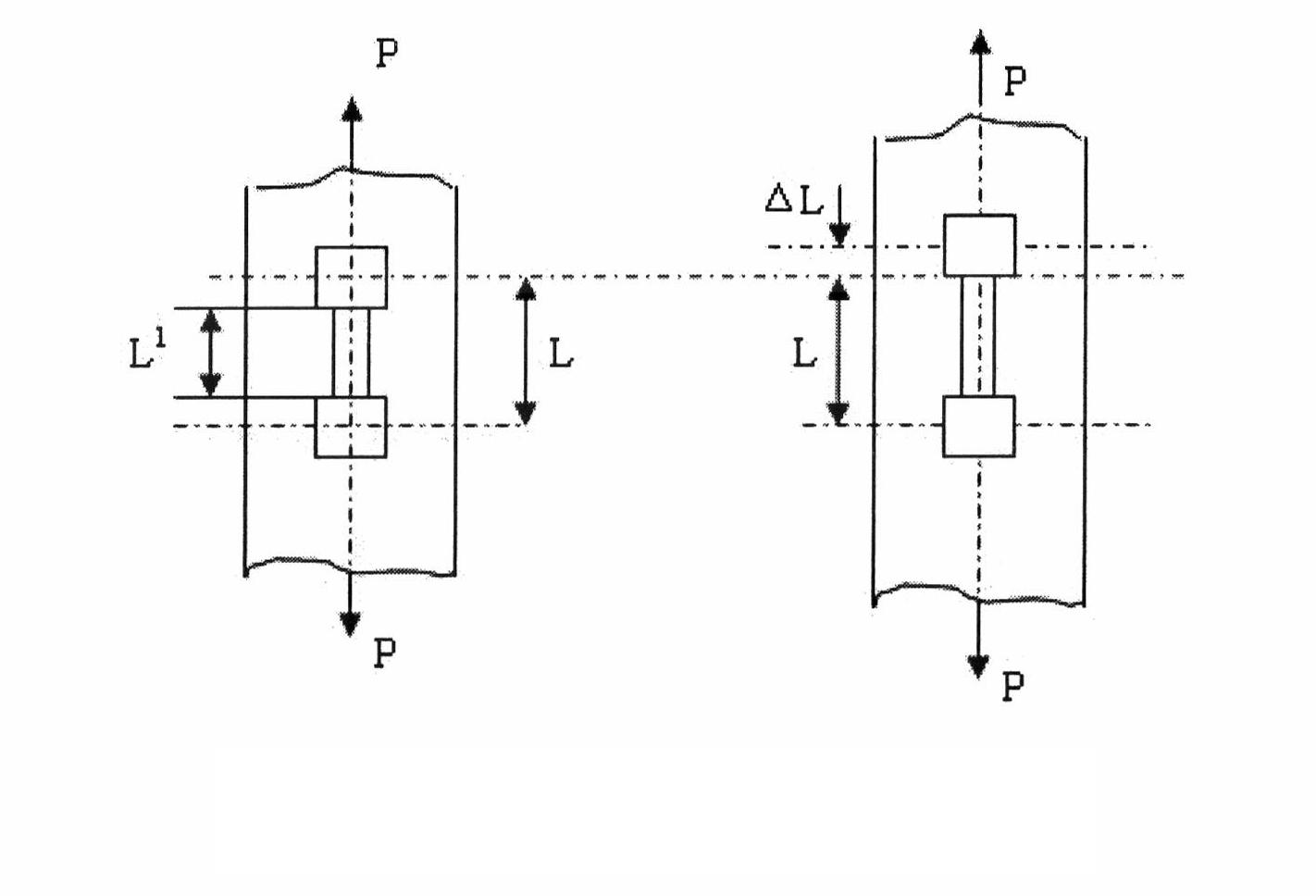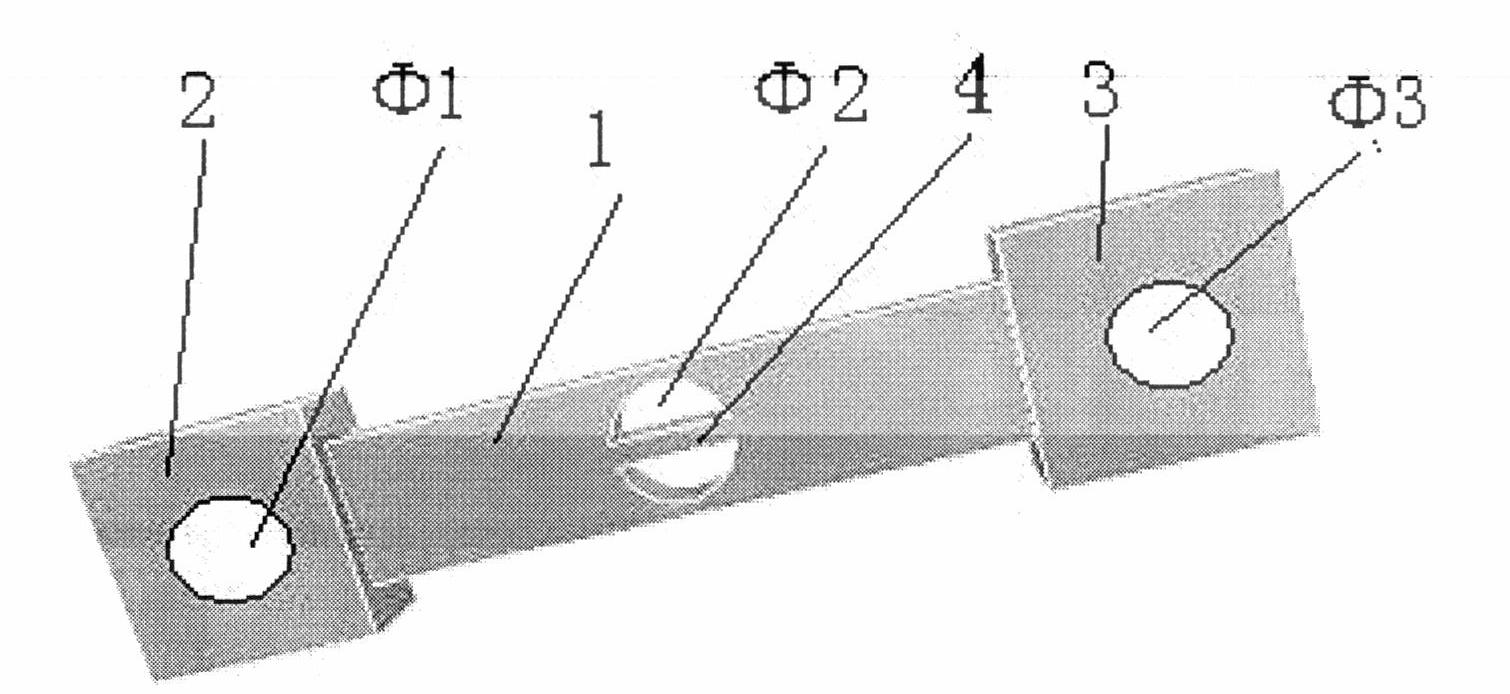Attached type force-measuring sensor
A load cell and attachment technology, which is applied in the field of force sensors, can solve the problems that components cannot be installed with conventional sensors to test, the test error is large, and the on-site test of component load is complicated, etc., and it can achieve a wide range of tests, simple and convenient on-site installation, and reduce The effect of field work
- Summary
- Abstract
- Description
- Claims
- Application Information
AI Technical Summary
Problems solved by technology
Method used
Image
Examples
Embodiment Construction
[0026] The present invention will be further described below in conjunction with the accompanying drawings and embodiments.
[0027] The invention utilizes the principle of simultaneous deformation of attachment to convert the force deformation of the component under test into the deformation of the sensor, thereby indirectly testing the force condition of the component. works like figure 1 , as shown in 2: According to the principle of mechanics, it can be known that the component deforms under the action of P force, and the deformation amount is ΔL. Its value is:
[0028] ΔL=(P×L) / (E×F)
[0029] ΔL——deformation under force
[0030] P - force
[0031] L - the original length of a certain part of the member
[0032] E - modulus of elasticity of the component material
[0033] F——The section of the member bearing P load
[0034] Since the sensor deforms synchronously with the member, the amount of deformation of the sensor is consistent with that of the member. Namely: ...
PUM
| Property | Measurement | Unit |
|---|---|---|
| width | aaaaa | aaaaa |
Abstract
Description
Claims
Application Information
 Login to View More
Login to View More - R&D
- Intellectual Property
- Life Sciences
- Materials
- Tech Scout
- Unparalleled Data Quality
- Higher Quality Content
- 60% Fewer Hallucinations
Browse by: Latest US Patents, China's latest patents, Technical Efficacy Thesaurus, Application Domain, Technology Topic, Popular Technical Reports.
© 2025 PatSnap. All rights reserved.Legal|Privacy policy|Modern Slavery Act Transparency Statement|Sitemap|About US| Contact US: help@patsnap.com



